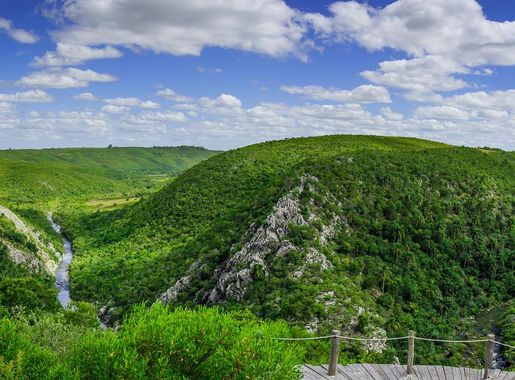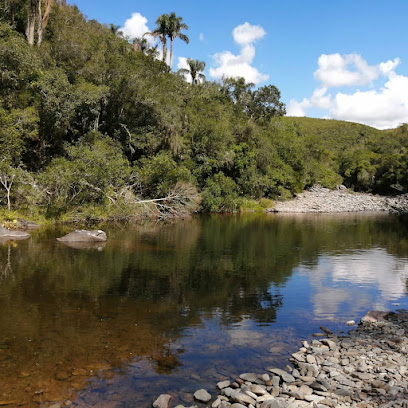
Discover the Untamed Beauty of Quebrada de los Cuervos National Park
Explore the majestic landscapes and rich biodiversity of Quebrada de los Cuervos National Park, a true natural haven in the heart of Uruguay.
Quebrada de los Cuervos National Park is a hidden gem in Uruguay. Nestled in the heart of the country, this park offers visitors a chance to connect with nature in its purest form. The park's name, which translates to 'Ravine of the Crows,' gives a hint of the dramatic landscapes you will encounter here. Steep ravines, lush forests, and flowing streams form the backdrop for an unforgettable adventure. The park is home to an impressive variety of flora and fauna. Birdwatchers will be delighted, as the area is a sanctuary for numerous bird species, including the famous black crows. Hikers can explore well-marked trails that lead through diverse ecosystems, from dense woodlands to open grasslands. Each step reveals new surprises and breathtaking vistas. A visit to Quebrada de los Cuervos is not just about the scenery. The park also has a rich cultural history. Local guides can share fascinating stories about the indigenous people who once roamed these lands. Whether you're an avid nature lover or simply looking for a peaceful retreat, Quebrada de los Cuervos National Park has something special to offer.
Local tips in Quebrada de los Cuervos National Park
- Visit during spring or autumn for the best weather and fewer crowds.
- Wear sturdy hiking boots as the trails can be rugged and slippery.
- Bring binoculars for birdwatching; the park is a birdwatcher's paradise.
- Hire a local guide to learn about the park's history and hidden spots.
- Pack a picnic; there are scenic spots perfect for a relaxing meal.
Discover the Untamed Beauty of Quebrada de los Cuervos National Park
Quebrada de los Cuervos National Park is a hidden gem in Uruguay. Nestled in the heart of the country, this park offers visitors a chance to connect with nature in its purest form. The park's name, which translates to 'Ravine of the Crows,' gives a hint of the dramatic landscapes you will encounter here. Steep ravines, lush forests, and flowing streams form the backdrop for an unforgettable adventure. The park is home to an impressive variety of flora and fauna. Birdwatchers will be delighted, as the area is a sanctuary for numerous bird species, including the famous black crows. Hikers can explore well-marked trails that lead through diverse ecosystems, from dense woodlands to open grasslands. Each step reveals new surprises and breathtaking vistas. A visit to Quebrada de los Cuervos is not just about the scenery. The park also has a rich cultural history. Local guides can share fascinating stories about the indigenous people who once roamed these lands. Whether you're an avid nature lover or simply looking for a peaceful retreat, Quebrada de los Cuervos National Park has something special to offer.
When is the best time to go to Quebrada de los Cuervos National Park?
Unmissable attractions to see
El Jagüel Park
Explore the serene beauty of El Jagüel Park in Punta del Este, a perfect family-friendly destination for relaxation and outdoor activities.
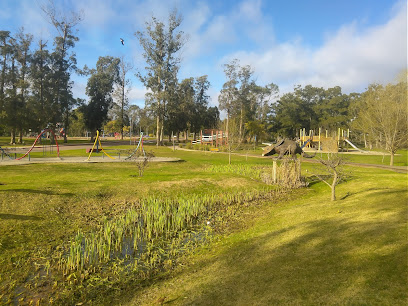
Reserva de Flora y Fauna Dr. Rodolfo Tálice
Explore the vibrant ecosystems at Reserva de Flora y Fauna Dr. Rodolfo Tálice, a premier wildlife park in Uruguay, perfect for nature lovers and families.
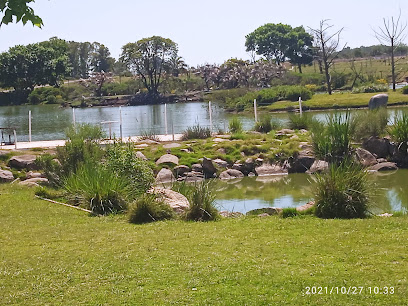
Montevideo Japanese Garden Hei Sei En 平成苑
Explore the tranquil beauty of Montevideo Japanese Garden Hei Sei En, a serene escape showcasing traditional Japanese landscaping and culture.
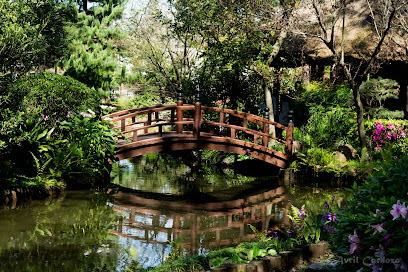
Cabo Polonio National Park
Discover Cabo Polonio National Park, a serene coastal escape with stunning landscapes, diverse wildlife, and tranquil beaches in Uruguay.
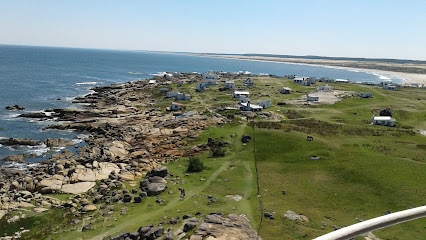
Parque del Rio Olimar
Explore the serene landscapes of Parque del Rio Olimar, a beautiful park in Ejido de Treinta y Tres, perfect for relaxation and family fun.
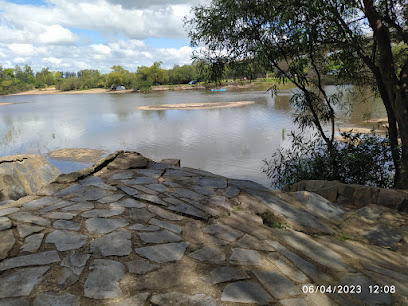
Quebrada de los Cuervos
Experience the breathtaking beauty and rich biodiversity of Quebrada de los Cuervos, a serene nature preserve in Treinta y Tres, Uruguay.
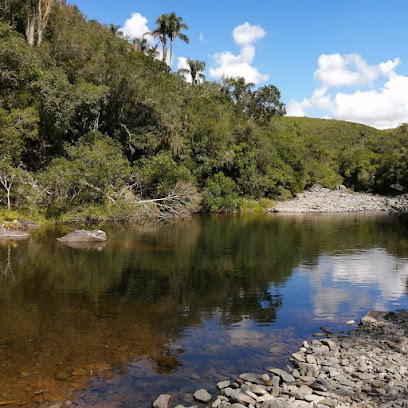
Obelisco de Treinta y Tres
Explore the Obelisco de Treinta y Tres, a stunning monument celebrating Uruguay's independence and rich history in the heart of Treinta y Tres.
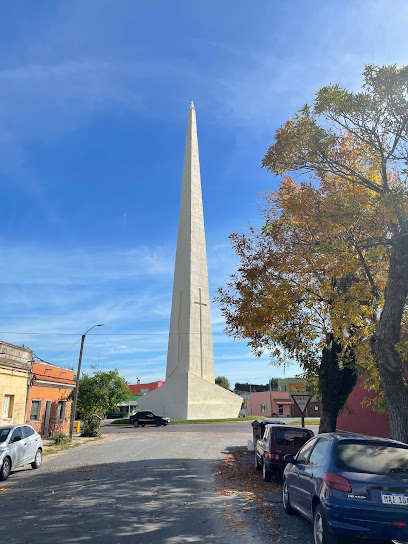
Área de manejo de hábitats y/o especies Cerro Verde e Islas de la Coronilla
Explore the stunning landscapes and diverse wildlife of Cerro Verde and Islas de la Coronilla, a must-visit national park in Uruguay's Rocha Department.
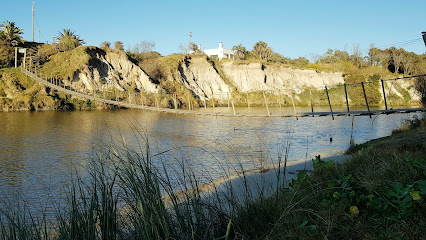
Humedales del Santa Lucía
Discover the serene beauty of Humedales del Santa Lucía, a vital nature preserve near Montevideo, perfect for wildlife enthusiasts and peaceful retreats.
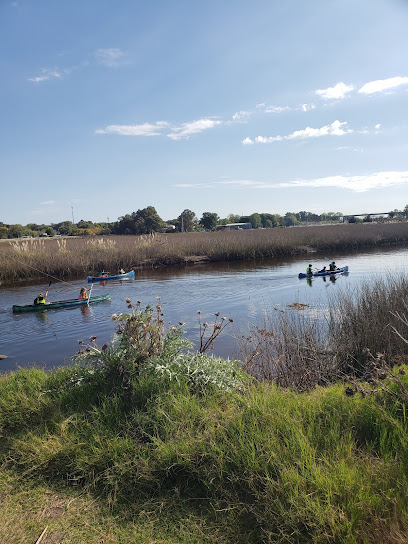
Salto de Agua
Experience the beauty of Salto de Agua, a stunning waterfall park in Uruguay's Treinta y Tres Department, perfect for nature lovers and adventure seekers.
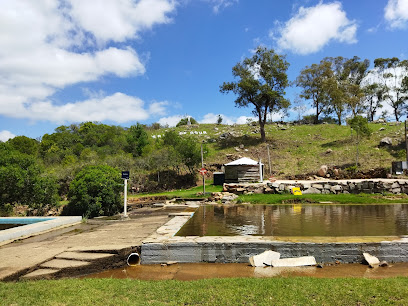
Municipal Meireles Park
Discover tranquility at Municipal Meireles Park, a lush green oasis in Joaquin Suarez perfect for relaxation, picnics, and nature walks.
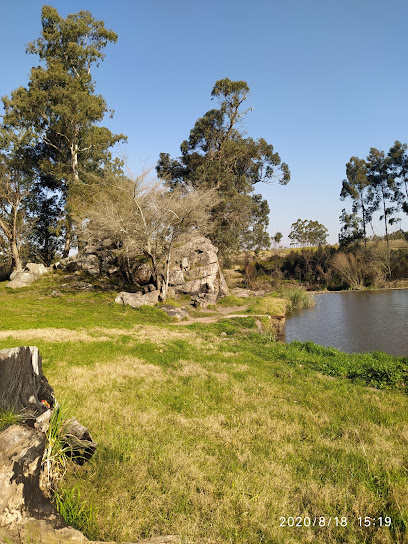
Monte de Ombúes
Experience the tranquil beauty of Monte de Ombúes, a stunning natural attraction in Rocha, Uruguay, perfect for nature lovers and adventure seekers.

Gruta de la Llorona
Explore the tranquil beauty of Gruta de la Llorona, a natural park in La Paloma, Uruguay, featuring stunning waterfalls and lush landscapes.
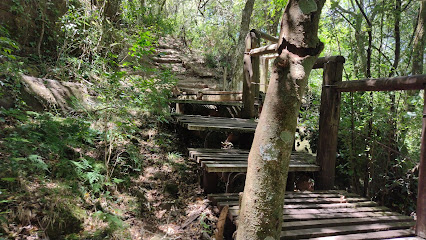
Municipal Quebrada de los Cuervos Park
Explore the breathtaking landscapes and diverse wildlife of Municipal Quebrada de los Cuervos Park in Treinta y Tres, Uruguay, a nature lover's paradise.
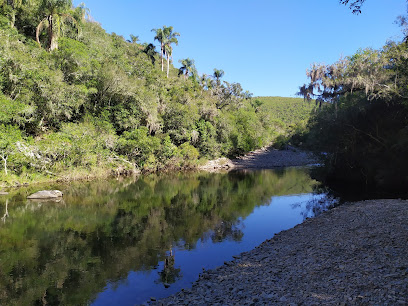
Esteros de Farrapos National Park
Discover the serene landscapes and rich biodiversity of Esteros de Farrapos National Park in Uruguay, a perfect destination for nature lovers and adventurers.
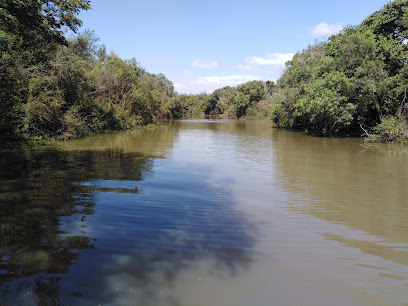
Essential places to dine
Quebrada de los Cuervos
Explore the breathtaking landscapes of Quebrada de los Cuervos – a nature lover's paradise in Treinta y Tres Department, Uruguay.
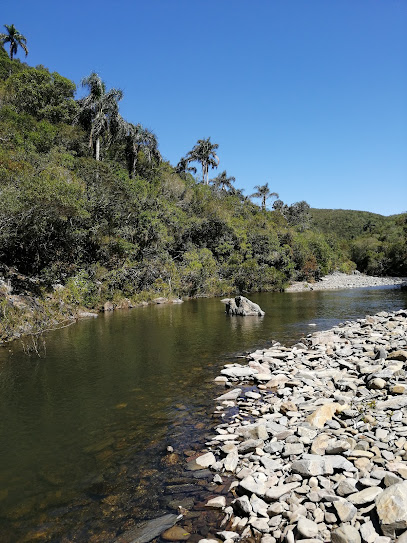
Restaurante Cuervo
Discover authentic Uruguayan cuisine at Restaurante Cuervo, where every meal is a delightful experience filled with flavor and warmth.
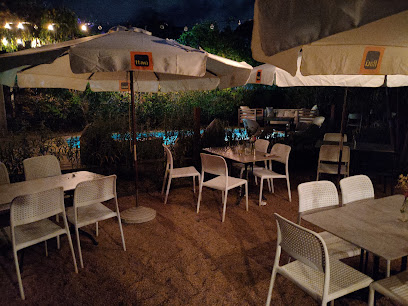
Mirador a la Quebrada de los Cuervos
Explore breathtaking views at Mirador a la Quebrada de los Cuervos in Treinta y Tres - A must-see observation deck for nature lovers.
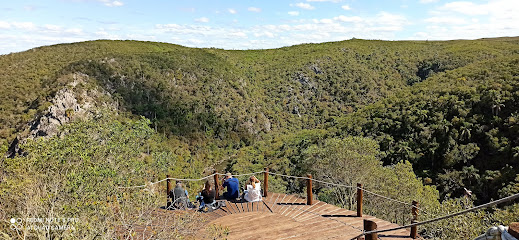
Markets, malls and hidden boutiques
Quebrada de los Cuervos
Experience the stunning natural beauty and unique rock formations at Quebrada de los Cuervos, a must-visit nature preserve in Uruguay.
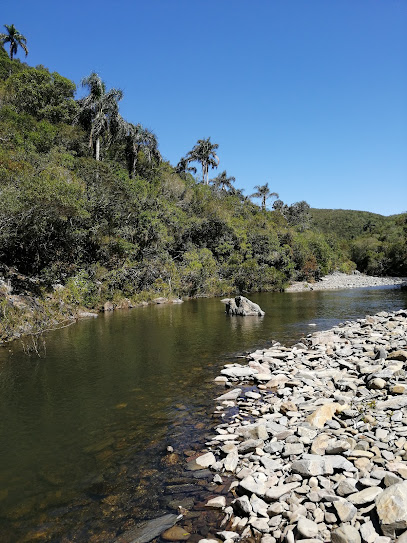
Canoa Quebrada
Explore Canoa Quebrada, the ultimate gift shop in Punta del Este, showcasing unique souvenirs and local craftsmanship for every traveler.

Municipal Quebrada de los Cuervos Park
Explore the breathtaking landscapes of Municipal Quebrada de los Cuervos Park, a state park in Treinta y Tres, Uruguay, perfect for nature lovers and outdoor enthusiasts.
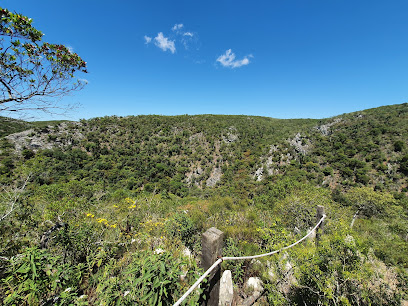
Sendero Quebrada de los Cuervos
Explore the scenic hiking trails and breathtaking vistas of Sendero Quebrada de los Cuervos in Treinta y Tres, Uruguay's natural gem.

Local Phrases about Quebrada de los Cuervos National Park
-
- HelloHola
[oh-lah] - GoodbyeAdiós
[ah-dyohs] - YesSí
[see] - NoNo
[noh] - Please/You're welcomePor favor/De nada
[por fah-vor/deh nah-dah] - Thank youGracias
[grah-syahs] - Excuse me/SorryDisculpe/Perdón
[dees-kool-peh/pehr-dohn] - How are you?¿Cómo estás?
[koh-moh ehs-tahs] - Fine. And you?Bien. ¿Y tú?
[byen. ee too] - Do you speak English?¿Hablas inglés?
[ah-blahs een-glehs] - I don't understandNo entiendo
[noh ehn-tyen-doh]
- HelloHola
-
- I'd like to see the menu, pleaseMe gustaría ver el menú, por favor
[meh goos-tah-ree-ah vehr ehl meh-noo pohr fah-vor] - I don't eat meatNo como carne
[noh koh-moh kahr-neh] - Cheers!¡Salud!
[sah-lood] - I would like to pay, pleaseMe gustaría pagar, por favor
[meh goos-tah-ree-ah pah-gahr pohr fah-vor]
- I'd like to see the menu, pleaseMe gustaría ver el menú, por favor
-
- Help!¡Ayuda!
[ah-yoo-dah] - Go away!¡Vete!
[veh-teh] - Call the Police!¡Llama a la Policía!
[yah-mah ah lah poh-lee-see-ah] - Call a doctor!¡Llama a un médico!
[yah-mah ah oon meh-dee-koh] - I'm lostEstoy perdido
[ehs-toy pehr-dee-doh] - I'm illEstoy enfermo
[ehs-toy ehn-fehr-moh]
- Help!¡Ayuda!
-
- I'd like to buy...Me gustaría comprar...
[meh goos-tah-ree-ah kohm-prahr] - I'm just lookingSolo estoy mirando
[soh-loh ehs-toy mee-rahn-doh] - How much is it?¿Cuánto cuesta?
[kwan-toh kwehs-tah] - That's too expensiveEso es demasiado caro
[eh-soh ehs deh-mah-syah-doh kah-roh] - Can you lower the price?¿Puedes bajar el precio?
[pweh-dehs bah-har ehl preh-syoh]
- I'd like to buy...Me gustaría comprar...
-
- What time is it?¿Qué hora es?
[keh oh-rah ehs] - It's one o'clockEs la una en punto
[ehs lah oo-nah ehn poon-toh] - Half past (10)Media hora (10)
[meh-dee-ah oh-rah (dee-ehs)] - MorningMañana
[mah-nyah-nah] - AfternoonTarde
[tahr-deh] - EveningNoche
[noh-cheh] - YesterdayAyer
[ah-yehr] - TodayHoy
[oy] - TomorrowMañana
[mah-nyah-nah] - 1Uno
[oo-noh] - 2Dos
[dohs] - 3Tres
[trehs] - 4Cuatro
[kwah-troh] - 5Cinco
[seen-koh] - 6Seis
[sehs] - 7Siete
[syeh-teh] - 8Ocho
[oh-choh] - 9Nueve
[nweh-veh] - 10Diez
[dyehs]
- What time is it?¿Qué hora es?
-
- Where's a/the...?¿Dónde está...?
[dohn-deh ehs-tah] - What's the address?¿Cuál es la dirección?
[kwal ehs lah dee-rehk-syon] - Can you show me (on the map)?¿Puedes mostrarme (en el mapa)?
[pweh-dehs mohs-trar-meh (ehn ehl mah-pah)] - When's the next (bus)?¿Cuándo es el próximo (autobús)?
[kwan-doh ehs ehl proh-ksee-moh (ow-toh-boos)] - A ticket (to ....)Un boleto (para ...)
[oon boh-leh-toh (pah-rah)]
- Where's a/the...?¿Dónde está...?
History of Quebrada de los Cuervos National Park
-
Long before European settlers arrived, the region that is now Quebrada de los Cuervos National Park was inhabited by indigenous groups such as the Guaraní and Charrúa peoples. These tribes lived off the land, utilizing its rich resources for hunting, fishing, and gathering. The dense forests and rugged terrain provided natural fortifications and abundant wildlife, allowing these communities to thrive in harmony with nature.
-
The arrival of Spanish explorers in the 16th century marked the beginning of significant changes for the area. The Spanish sought to exploit the land for its natural resources, leading to conflicts with the indigenous populations. The rugged and inaccessible terrain of Quebrada de los Cuervos served as a refuge for the indigenous people, who used their knowledge of the land to resist the encroachment of colonial forces.
-
During the 18th and 19th centuries, the park's region became a part of the vast grasslands where the gaucho culture was born. These skilled horsemen and cowhands roamed the pampas, herding cattle and living a semi-nomadic lifestyle. The gauchos played a crucial role in the development of the rural economy, and their traditions and folklore continue to be celebrated in Uruguay today.
-
Quebrada de los Cuervos National Park was officially established in 1986 as one of Uruguay's first protected areas. The park was created to preserve its unique biodiversity, which includes endemic species of flora and fauna, as well as its stunning landscapes. The establishment of the park marked a significant step towards environmental conservation in Uruguay, highlighting the importance of protecting natural habitats for future generations.
-
Since its establishment, Quebrada de los Cuervos National Park has become a focal point for biodiversity research and conservation efforts. The park is home to a variety of ecosystems, ranging from subtropical forests to rocky cliffs, and supports numerous species of birds, mammals, and plants. Conservation programs have been implemented to protect endangered species and to restore degraded areas, ensuring the park's ecological integrity is maintained.
-
The park is not only a natural treasure but also a cultural one. It holds a special place in the hearts of Uruguayans, who visit the park to connect with their heritage and to experience the country's natural beauty. Festivals, educational programs, and guided tours are regularly organized to promote environmental awareness and to celebrate the cultural traditions associated with the region.
Quebrada de los Cuervos National Park Essentials
-
Quebrada de los Cuervos National Park is located in the Treinta y Tres Department in eastern Uruguay. The nearest major city is Treinta y Tres, which is about 42 kilometers away. The best way to reach the park is by car. From Montevideo, the capital of Uruguay, it is approximately a 4-hour drive (about 300 kilometers). You can also take a bus from Montevideo to Treinta y Tres, and then hire a taxi or local transportation to reach the park.
-
Once you are in the vicinity of Quebrada de los Cuervos, the most convenient way to explore the park is by foot or by renting a vehicle. There are no public transportation options within the park itself, so having a car can be beneficial for reaching different trailheads and scenic spots. Guided tours are also available and can provide transportation as part of the package.
-
The official currency in Uruguay is the Uruguayan Peso (UYU). Credit cards are widely accepted in cities, but it is advisable to carry cash when visiting rural areas and the national park. There are ATMs in Treinta y Tres, but it is recommended to withdraw cash before heading to the park, as facilities within the park are limited.
-
Quebrada de los Cuervos is generally a safe destination for tourists. However, as with any outdoor adventure, it's important to take standard precautions. Stay on marked trails, avoid hiking alone, and inform someone of your plans. There are no specific high-crime areas targeting tourists in the park, but always stay vigilant. In nearby cities, avoid poorly lit areas at night and keep an eye on your belongings.
-
In case of an emergency within the park, contact the park rangers or dial 911 for immediate assistance. It is advisable to carry a fully charged mobile phone and a first aid kit. The nearest medical facilities are in Treinta y Tres, so for serious injuries or health issues, seek help there. Having travel insurance that covers medical emergencies is highly recommended.
-
Fashion: Do wear comfortable hiking clothes and sturdy shoes. Dress in layers as weather can change quickly. Avoid wearing flashy jewelry. Religion: Do respect the natural environment and any local customs you may encounter. Public Transport: Do not expect public transport within the park; plan your travel accordingly. Greetings: Do greet people with a friendly 'Hola' or 'Buen día'. Eating & Drinking: Do bring your own water and snacks. Don't leave any trash behind; always carry out what you carry in.
-
To experience Quebrada de los Cuervos like a local, try to visit during the off-peak seasons (spring and fall) when the park is less crowded, and the weather is mild. Engage with park rangers and local guides to learn about the park's unique flora and fauna. Pack a picnic and enjoy it at one of the scenic spots within the park. Don't miss the chance to hike the 'Sendero Principal' (Main Trail), which offers breathtaking views of the gorge and surrounding landscapes.
Nearby Cities to Quebrada de los Cuervos National Park
-
Things To Do in Maldonado
-
Things To Do in Punta del Este
-
Things To Do in Montevideo
-
Things To Do in Colonia del Sacramento
-
Things To Do in Fray Bentos
-
Things To Do in La Plata
-
Things To Do in Buenos Aires
-
Things To Do in Rosario
-
Things To Do in Mar del Plata
-
Things To Do in Encarnacion
-
Things To Do in Carmen del Parana
-
Things To Do in Puerto Iguazú
-
Things To Do in Villarrica
-
Things To Do in Florianópolis
-
Things To Do in Foz do Iguaçu

